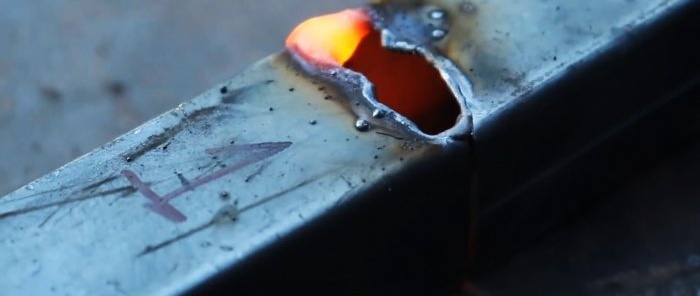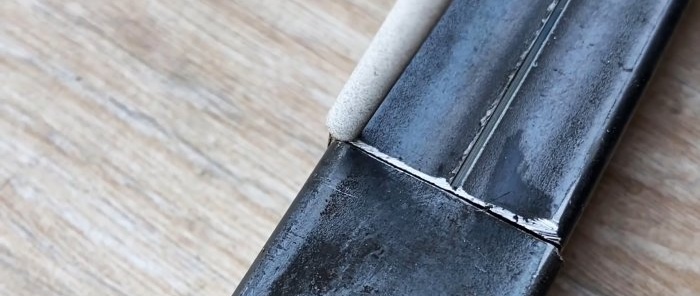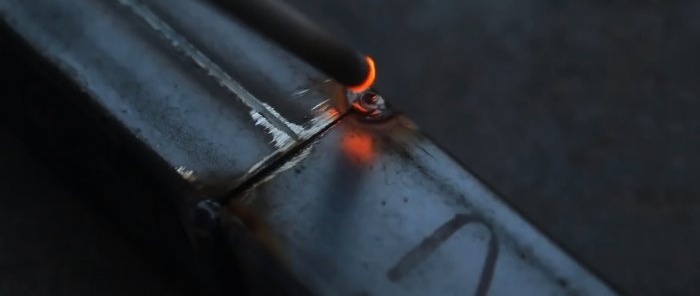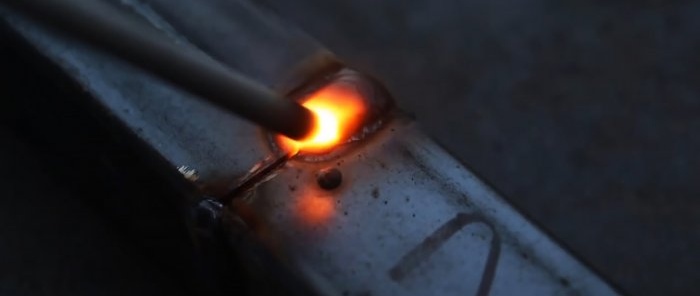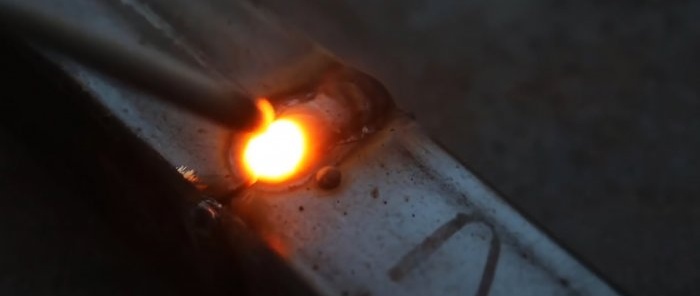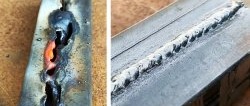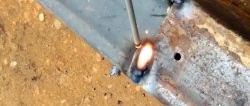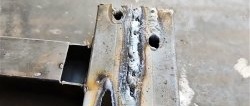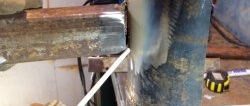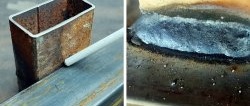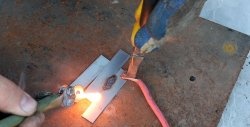Even experienced welders consider welding thin sheet metal to be a difficult task. There are completely different approaches here than in the process of welding massive workpieces. Thin metal should not be overheated, otherwise there is a risk of burning. It is caused by the breakdown of the molten weld pool separating from the metal, leaving a hole instead of a connection. But if a beginner masters the techniques of welding masters, then he will also be able to cope with welding thin metal.
Preparation
The quality of welding of thin-walled materials can be improved by using small-diameter electrodes with a high melting coefficient, which allows reducing the current during operation. It is also important to prepare the welded edges for the upcoming operation: remove rust, paint, fat deposits, etc. They need to be placed as close to each other as possible, without leaving a gap.
We set the welding current to the minimum possible level (less than 75A) and use thin rutile-cellulose electrodes of the ESR 11 type. This will reduce the temperature in the working area and reduce the risk of burning through the thin sheet material.
Welding electrodes for general purposes on AliExpress at a discount - http://alii.pub/606j2h
But all these measures may not be enough and then the trajectory of the electrode when applying a weld seam comes to the fore, reducing the heating temperature of the edges.
Thin metal welding technique
A simple rapid linear movement of the end of the electrode along the welded joint of thin-walled materials leads to failure of metal penetration, and at the speed required to make a good seam, burning through the material is possible. Such movement of the electrode when working with thin products is unacceptable.
When welding thin-walled materials, we will move the electrode along the joint intermittently, now forward, now back.
In this case, the energy of the electric arc is distributed over a greater length, and the metal heats up less. The seam is not wide.
The same effect can be achieved by making rotational movements around the joint with the end of the electrode. In this case, the arc energy is distributed over a larger width and the likelihood of burning through the metal is also sharply reduced. The seam is wide.
